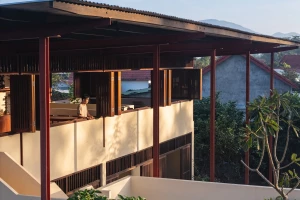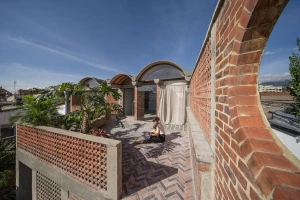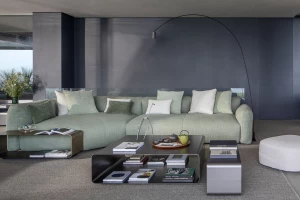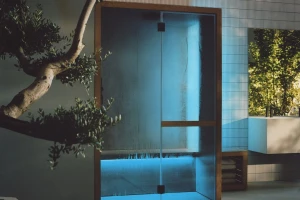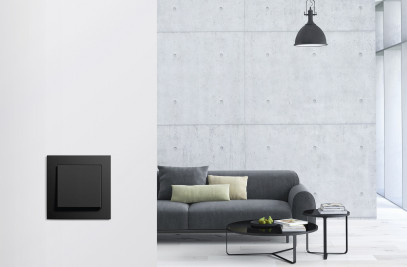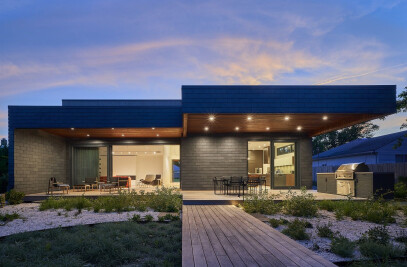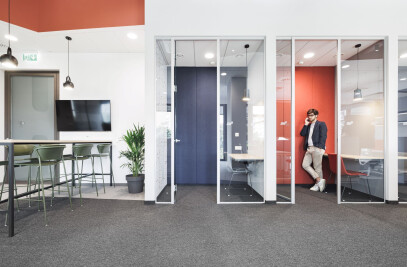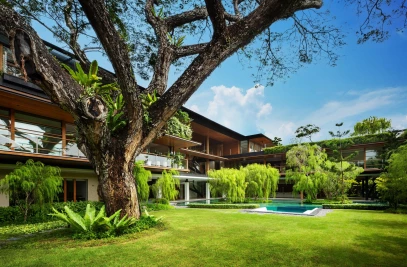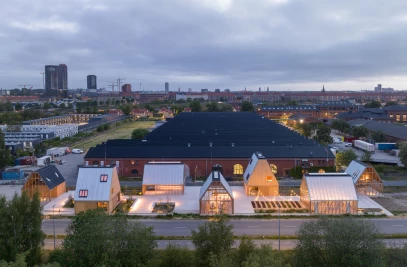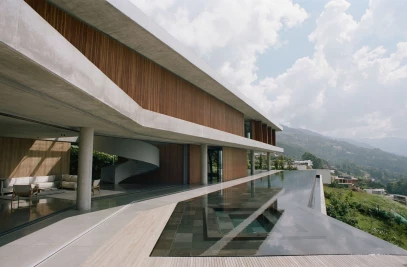Known as the ‘first industrial neighbourhood in the world,’ Ancoats has emerged as a lively, individualistic residential community on the eastern edge of Manchester city centre. The development centres around Murrays’ Mill, the oldest surviving steam-powered cotton mill in the world, with FCB Studios and Manchester Life letting the historic building’s layout, character and heritage inform the design of new homes for a new community.

The first challenge for FCB Studios was to investigate Murrays’ Mill in order to determined how many homes could be created without disturbing the fabric or character of the existing buildings. Responding to site and existing fabric, rather than a pre-set notion of unit numbers, helped to ensure that the character and heritage of the Mill would be preserved.

At the heart of the development is a complex constructed in 1798. Composed of two parallel 7-8 storey mills, the complex is linked to a more recognisably Georgian administrative building. A new build residential building completes the courtyard, which has been transformed from an abandoned canal turning basin to a peaceful garden, providing space for play, rest, and socializing.

The mix and size of dwelling units resulted from careful analysis of existing forms and construction. The 124 diverse dwellings comprise of 1, 2, 3 and 4-bedroom apartments and a townhouse in the former engine house building. 28 duplex apartments were created at ground and roof level. In terms of layout, sleeping accommodation in the units is oriented to the outside, the services/wet zones along the centre of the plan, and living spaces overlooking the courtyard.

While the existing mills are constructed with load-bearing masonry and punctured window openings, the new ‘mill’ character is a contemporary frame structure with framed window openings. The facades are formed of a woven’ precast brick lattice infilled with French windows, cast recycled aluminium panels and MIO painted metal balustrades.

A limited palette of materials extends to the interior and is supplemented with sawn oak floors and simply painted walls. Paint finishes to the new steelwork are dark grey, while a red oxide is used for existing steel or ironwork to create a simple legibility between old and new.

By working carefully with the character and structure of the existing mill buildings, an approximate mix of dwellings creates a strongly domestic environment that bridges between old fabric, new uses, and new building. It is a subtle but resilient intervention the architects and developer hope will help guide the continuing development and evolution of Ancoats.




